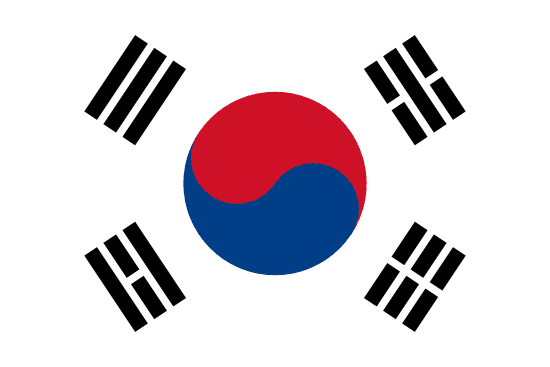"경주는 한국의 뮤지엄이다 | Gyeongju is the museum of Korea"
About:
Gyeongju, South Korea, was the capital of the ancient kingdom of Silla (57 BC–935 AD) which ruled about two-thirds of the Korean Peninsula. Known for its extensive historical remains, the city was designated a World Heritage by UNESCO in 2000. After the fall of Silla, Gyeongju lost its status but remained significant through the Joseon Dynasty. Today, it's a major tourism hub, offering a rich cultural heritage from the Silla kingdom, including the Bulguksa Temple and Seokguram Grotto.
When to visit:
Gyeongju, known as the "museum without walls," is a city in South Korea rich in history and culture. To fully appreciate its numerous archaeological sites, temples, and ancient relics, it is recommended to visit during the spring or autumn months. The weather during these seasons is mild and pleasant, making it ideal for exploring the outdoor attractions Gyeongju has to offer. Additionally, visiting Gyeongju during a holiday, such as Buddha's Birthday or Chuseok (Korean Thanksgiving), allows you to experience traditional cultural celebrations and events unique to the region.
When to avoid:
Traveling to Gyeongju, South Korea during the Chuseok holiday, which typically falls in September or October, may not be the most ideal time due to the high volume of domestic travelers. During this period, popular tourist sites in Gyeongju can become extremely crowded, leading to longer wait times and potential difficulty in securing accommodations. Additionally, transportation services may be more limited and prices for hotels and attractions could be higher than usual. Visitors looking to avoid large crowds and inflated prices may want to consider traveling to Gyeongju during off-peak seasons.
Winter Season (Dec-Feb)
In Gyeongju, South Korea, the coldest part of the year is from December to February with temperatures averaging -2°C to 6°C. This period sees less rainfall, with January being the driest month. Days are shorter with about 5-6 hours of sunlight. The sky is often partly cloudy, giving a serene winter landscape. For a visitor, an average day would be chilly, especially in the mornings and evenings. It's a perfect time for indoor activities or exploring historical sites with fewer crowds. Don't forget to bundle up!
Summer (June - August)
In Gyeongju, South Korea, the warmest part of the year typically falls between June and August. During this period, the average high temperatures range from 28°C to 31°C (82°F to 88°F), while the average low temperatures vary from 20°C to 24°C (68°F to 75°F).
Rainfall is most significant in July, with an average precipitation of about 300mm due to the East Asian monsoon. June and August also receive considerable rainfall, averaging around 150mm and 200mm respectively. Despite the rain, these months also experience a fair amount of sunlight, typically around 5-6 hours per day.
Humidity levels are quite high during this time, often exceeding 80%, which can make the heat feel more intense. Cloudiness varies, with partly cloudy to mostly cloudy days being common due to the monsoon season.
For a visitor, a typical day in Gyeongju during the warmest part of the year can feel hot and humid, especially in the afternoon. Mornings and evenings are relatively cooler and more comfortable. While the city receives a significant amount of rain, there are also periods of sunshine, making it possible to explore the city's rich history and beautiful sights. However, it's advisable to carry an umbrella or raincoat and stay hydrated.
Language:
In Gyeongju, South Korea, the most commonly spoken language is Korean. This city, like much of the country, primarily uses the Korean language for both official and everyday communication. The local dialect spoken in Gyeongju is Gyeongsang, a variant of Korean. English is also taught in schools and used in tourism, but to a lesser extent.




